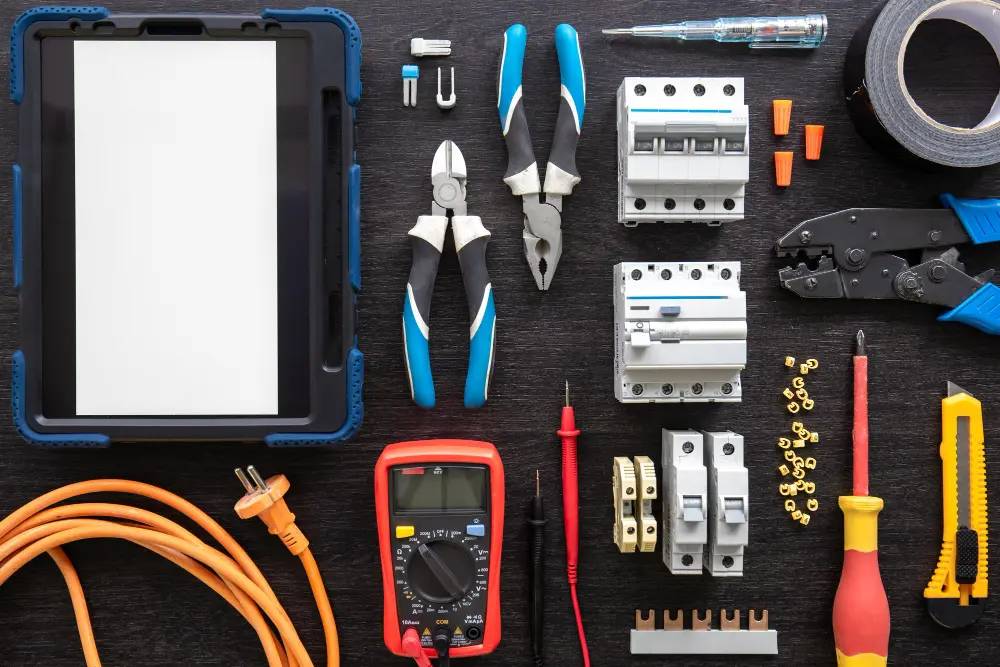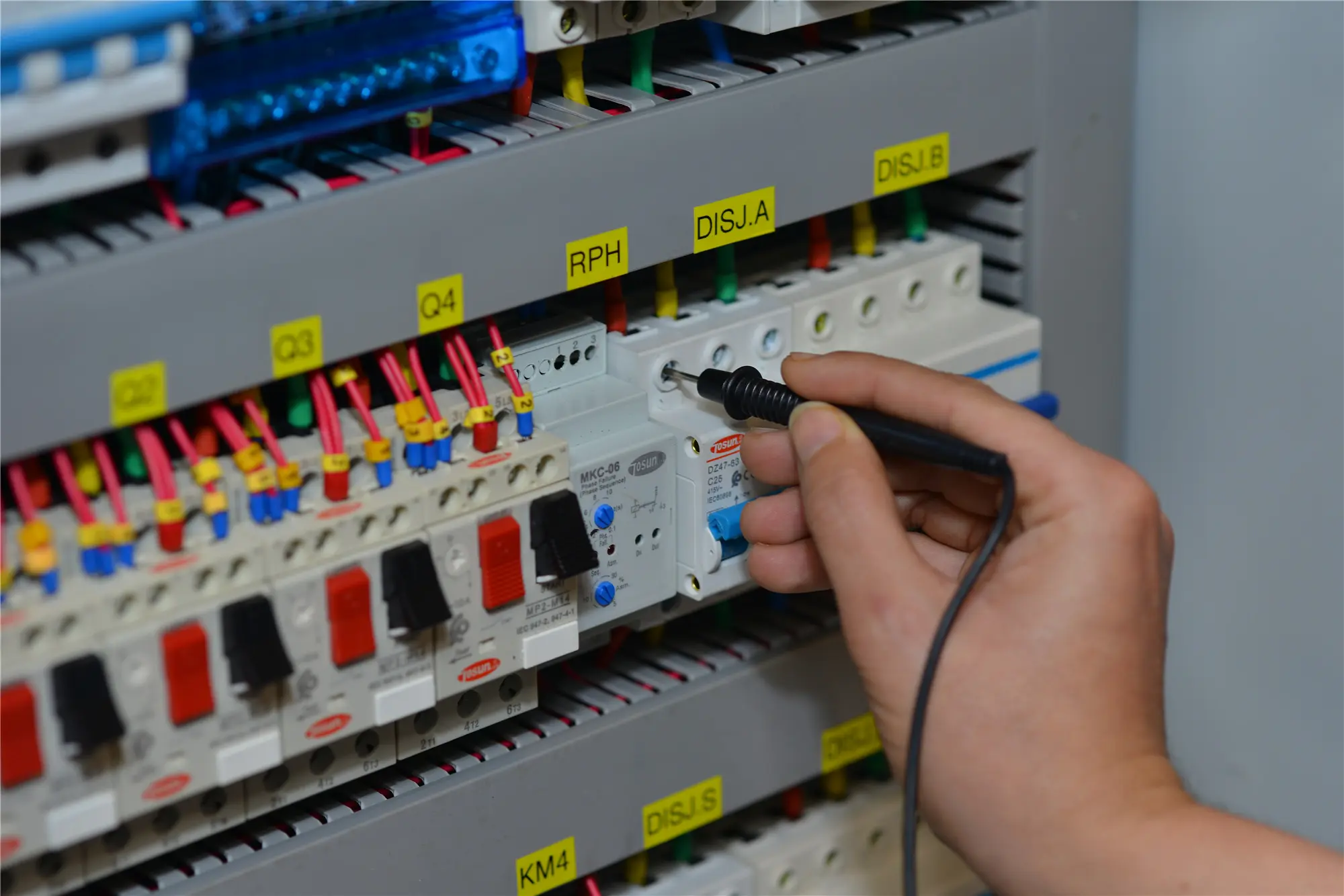Automatic Transfer Switch VS Interlock: Which Is Best?
Table of Contents
ToggleBefore choosing between an automatic transfer switch and an interlock, you should consider the size and power requirements of the project. While an interlock is easier to install and requires manual operation, an automatic transfer switch can be a better choice for large industrial and commercial applications.
For smaller projects, an interlock may be a better choice, as it is less expensive and does not require continuous power. While both are reliable, interlocks have the advantage of easy installation.
Despite the price differences, interlock kits are easier to install and require less training for installation. You can get an interlock kit for your generator, but you’ll need to consult a licensed electrician to determine your needs.
If you want to know more about automatic transfer switch vs. interlock, continue reading this article. We will show you which is the best option.
What is an Automatic Transfer Switch?
If you are unfamiliar with the term “automatic transfer switch,” then you’ve come to the right place. An automatic transfer switch is a device that controls a power source, such as a wall outlet. Its main function is to protect the electrical system from power surges. A power surge can ruin electronics and appliances. The main advantage of an automatic transfer switch is that it limits the possibility of a power outage.
An automatic transfer switch works by connecting to the primary power source, then automatically switching to a secondary source when the primary source fails. Some switches transfer power instantly, while others may require up to 30 seconds to connect. The backup power source may be a generator or an inverter. Inverter backup power sources tend to be more stable and can be
Basically, a transfer switch is a device that allows you to switch between two power sources. The switch can be either manual or automatic, and the switch allows you to select whichever power source you want. Although both options require manual, automatic transfer switches are easier to use and maybe more convenient for the homeowner.
What is Interlock Switch?
An interlock transfer switch is a device that allows you to easily switch from utility to generator power. The device works in a similar fashion to a breaker and requires only two spaces on your breaker panel. If you do not have an interlock transfer switch installed in your home, it is possible to purchase an interlock kit that allows you to select the right one for your needs. You can also install an interlock kit in an existing home if you are switching from a generator.
There are advantages and disadvantages to both interlocks. An interlock is more affordable than a transfer switch and is usually the better option for smaller projects or applications that do not require power all day long. An interlock also requires manual operation but is not as difficult to install. The main benefit of an interlock transfer switch is that you do not have to disconnect utility power.
In residential and small commercial applications, interlock transfer switches are relatively simple to install and operate. However, they may need additional power management, such as the need to turn off breakers in circuits that exceed generator capacity. You may also need someone trained to operate an interlock transfer switch.
Automatic Transfer Switch VS Interlock
There are pros and cons to both the automatic transfer switch and interlock. Which is best for you depends on several factors, including the size of your generator and the frequency of outages. Interlocks require frequent inspection and manual operation, while transfer switches are completely automatic and require no human intervention.
If you are in a situation where an outage could occur at any time, an automatic transfer switch would be the better option. However, an interlock is much less expensive and may require more knowledge of your electrical system to operate correctly.
The automatic transfer switch allows you to switch between two power sources without manually rewiring your entire home. They are available in manual and automatic versions, each of which requires a separate connection. While automatic transfer switches are easy to install and operate, they tend to cost more than an interlock. Despite this difference in price, the benefits of automatic transfer switches may outweigh the additional cost.
The pros and cons of both types of switches vary, but they both do the same thing: prevent dangerous conditions from arising when power fails. These dangerous conditions can damage electrical equipment and electrical workers. An interlock can prevent this by preventing the generator circuit breaker from turning on at the same time as the main circuit breaker. Using both types of switches in this way helps you manage your power supply more effectively. A transfer switch is a safer option if you’re in a situation where you need backup power.
The benefits of using an automatic transfer switch are numerous. It is easy to install, durable and meets building codes. It also meets different installation needs. With a small, compact design, it is easy to use and install. It is also more convenient to operate and more reliable during the transfer process.
Tel: +86-577-88671000
E-mail: ceo@tosun.com
Skype: tosunelectric
Wechat: +86-139 6881 9286
WhatsApp: +86-139 0587 7291
Address: Room No.1001 Wenzhou Fortune Center,Station Road, Wenzhou, China
REQUEST A QUOTE
WhatsApp us
 : +86-139 0587 7291
: +86-139 0587 7291 English
English Español
Español Русский
Русский Français
Français العربية
العربية Português do Brasil
Português do Brasil Українська
Українська Türkçe
Türkçe Polski
Polski Nederlands
Nederlands Italiano
Italiano Bahasa Indonesia
Bahasa Indonesia हिन्दी
हिन्दी اردو
اردو አማርኛ
አማርኛ Հայերեն
Հայերեն ไทย
ไทย Монгол
Монгол فارسی
فارسی Shqip
Shqip Ελληνικά
Ελληνικά


